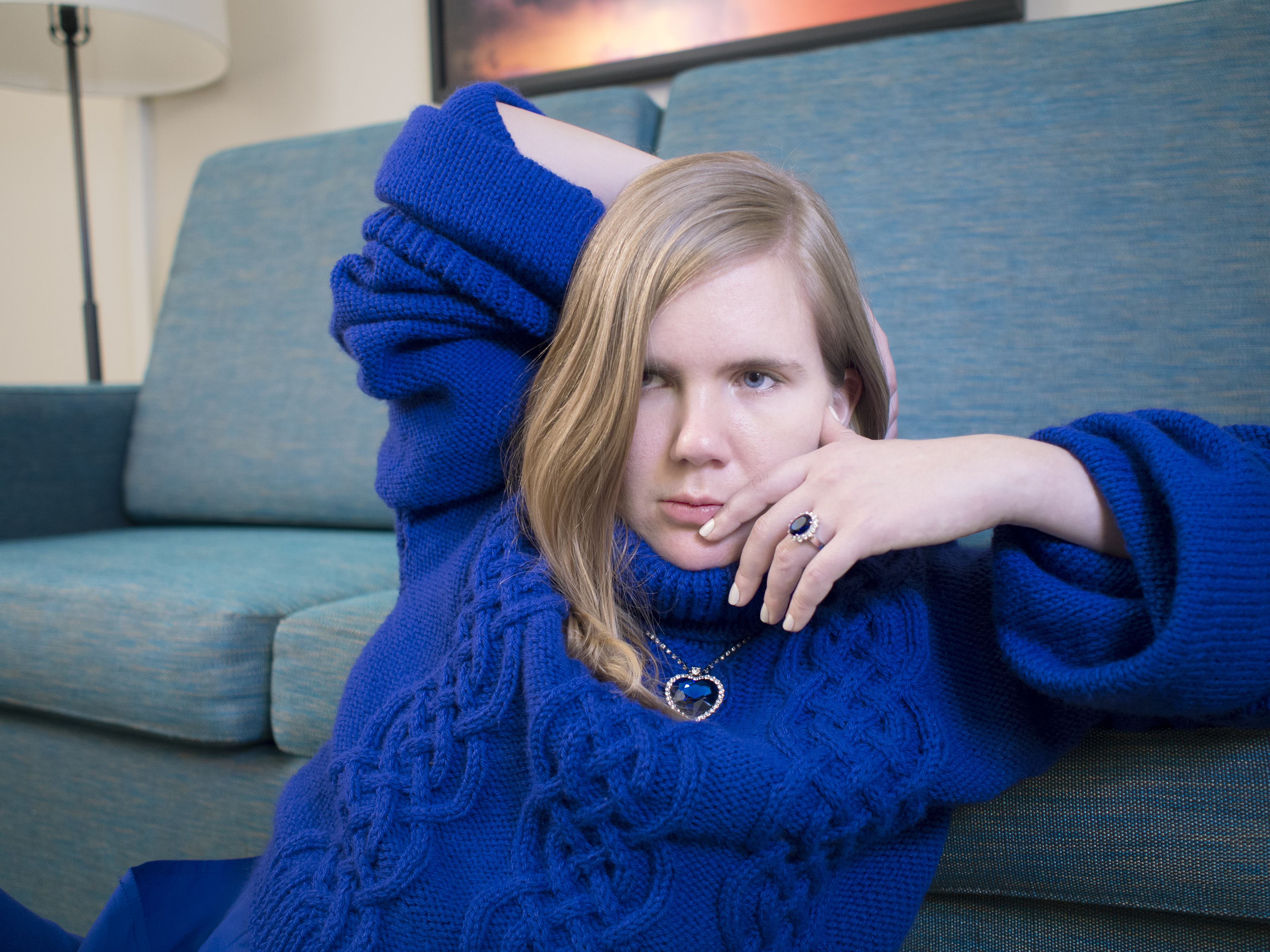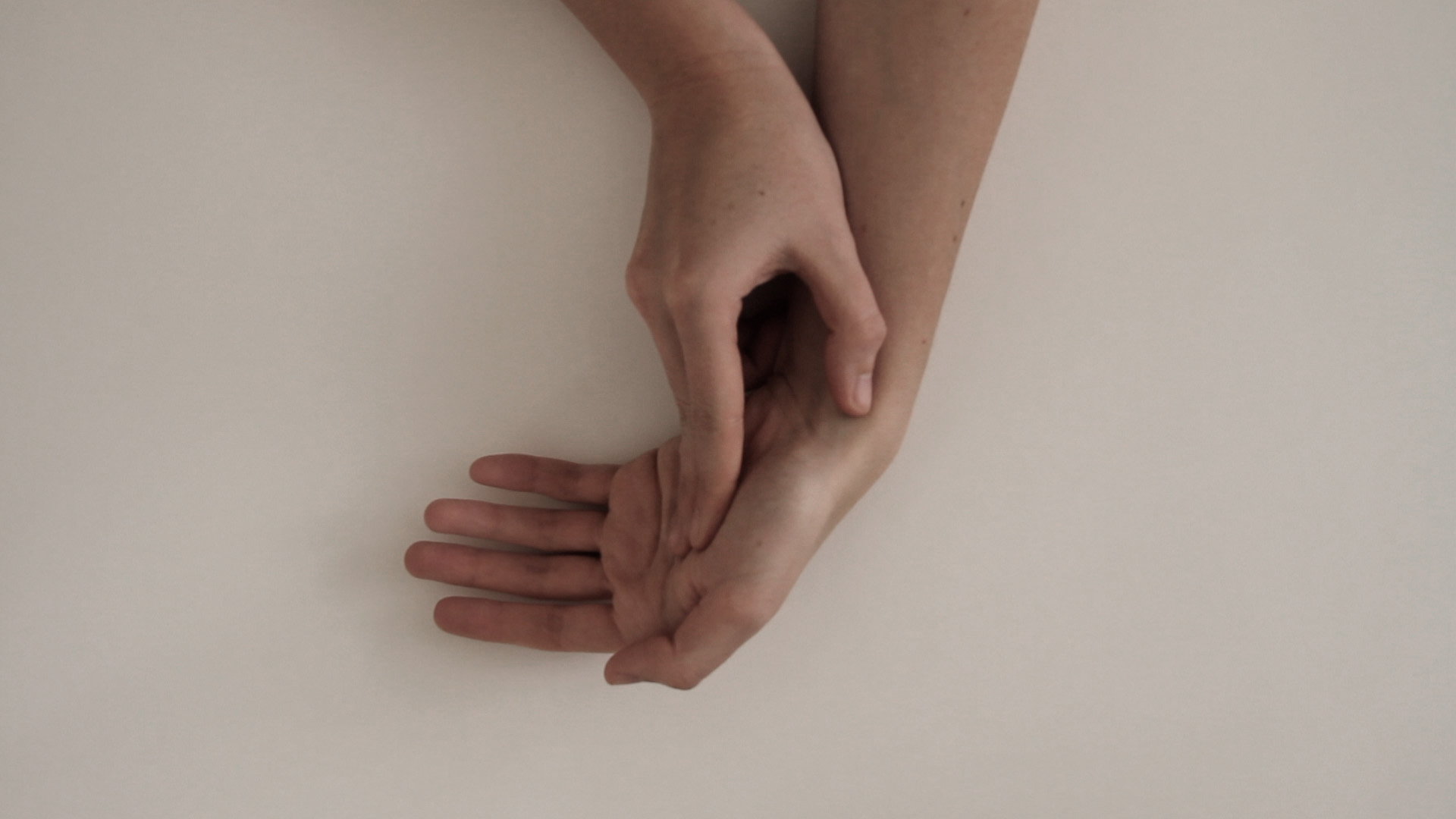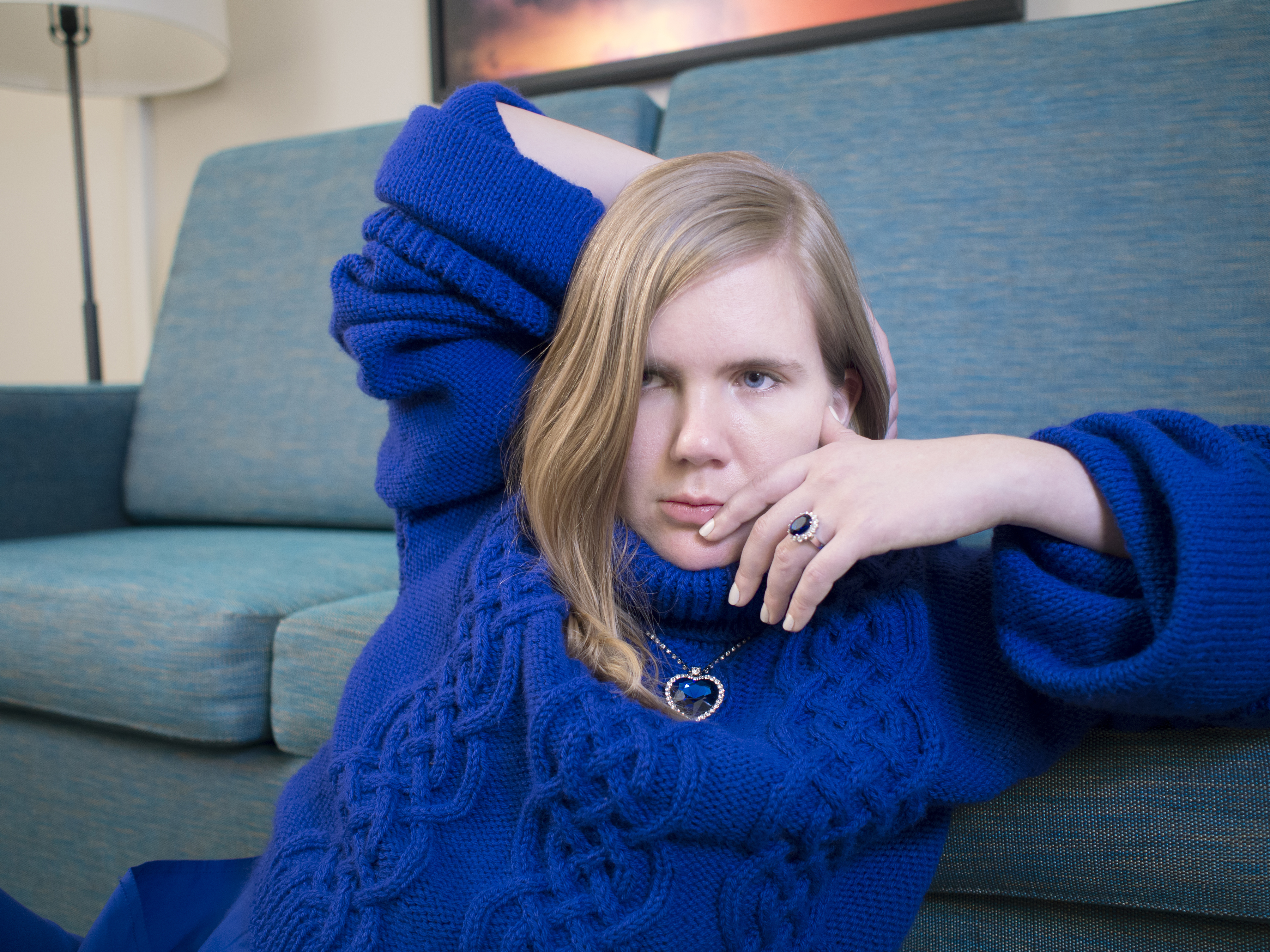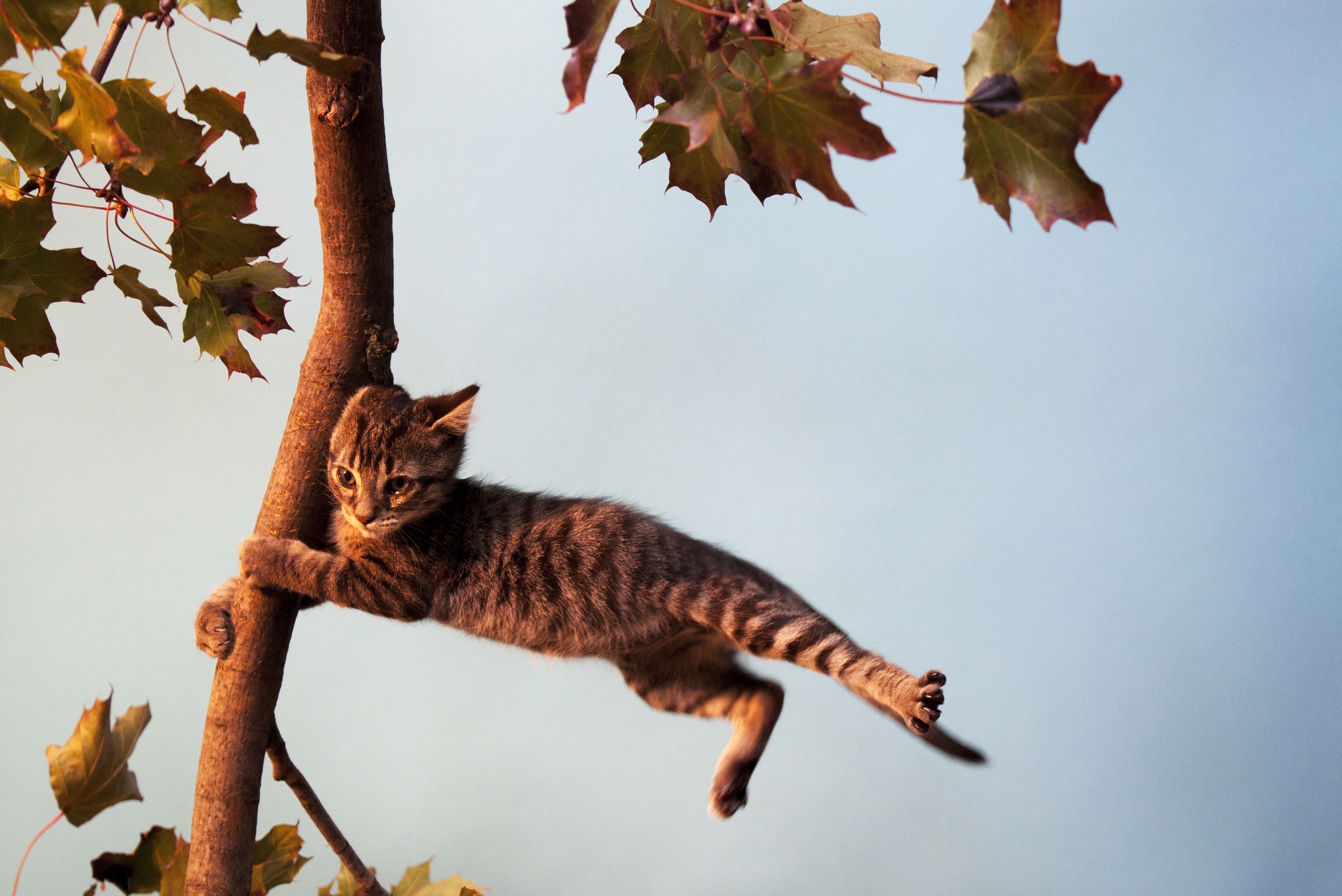Emily Shanahan, Bridget Moser, Jon Sasaki, Amalie Atkins
Presented by Walter Phillips Gallery

Notes on how to be a human
Bridget Moser, Jon Sasaki, Amalie Atkins
"Perhaps, then, it should come as no surprise that I propose to start, and to end, with the question of the human (as if there were any other way for us to start or end!)"
- Judith Butler, Precarious Life
The question of defining humanness is a perennial one. Shakespeare’s call to parity, “do we not bleed?” and Maslow’s triangular prescriptions for self-actualization illuminate the wild, maybe infinite, variability in possible definitions. Plato’s hierarchy of matter with humans placed loftily atop and Judith Butler’s “tenuous we” that amorphously binds us together in loss through the shared experience of having a necessarily vulnerable body also prod the murky depths of such a question. The exact ways in which we are human have never ceased to beguile philosophers, artists, magicians, writers, scientists, poets and surely innumerable others.
Notes on how to be a human is a yearlong curatorial project that considers the conundrums, messiness and exquisite strangeness of being a human. The program is comprised of a series of silent video works on view in Banff Centre’s Professional Development Centre, each accompanied by a piece of writing commissioned in response to the respective works. From the absurdity of life’s everyday rituals and the inherent pathos of hope, to the sincerity of love and the necessary loneliness of life, these works each oscillate between the profoundly idiosyncratic nature of experience
and the threads of universality that foreground what it means to be human.
Curated by Natasha Chaykowski, WPG Curatorial Research Practicum
Emily Shanahan

Emily Shanahan, still from “One Hundred Gestures from One Hundred Watch Advertisements (1901-2000)” (2013). Courtesy the artist.
One Hundred Gestures from One Hundred Watch Advertisements (1901-2000), 2013
HD digital video, 16:9, colour, silent
5:30 minutes looped
September 1 – November 30, 2016
Bridget Moser

Bridget Moser, "Kate, Diana, Kate" (2016). C-print, 30 cm x 42 cm. Courtesy the artist
Bridget Moser is a Toronto-based video and performance artist.
Jon Sasaki

Jon Sasaki, still from "Hang In There" (2012). Courtesy the artist.
Jon Sasaki (Toronto, ON)
Hang In There, 2012
HD digital video, 16:9, colour, silent
2:48 minutes looped
March 1 – May 31, 2016
An iconic inspirational poster from the 1970s—that of the despairing blue-eyed kitten just barely keeping grip on a tree branch—is restaged in this video. Rotated horizontally, the cat struggles valiantly against ambiguous or unknown forces. Although this failure to “hang in there” is never shown on screen, a series of jump cuts implies that the original poster’s claims to feline tenacity were possibly overstated. In this failure, the inherent sadness of thwarted hope is exposed, and inspiration is cast as a mere Band-Aid for the mundane realities of life: the quiet depression of a grey cubicle, the 9 to 5, the groceries, the daily slog. We can’t hang in there forever.
Jon Sasaki is a Toronto-based interdisciplinary artist.
Gabrielle Marceau
At 8:00 every morning, I stop at the same spot on my walk to the subway and look up at the sky. From that point on, my day echoes with a kind of clarity, maybe even joy. At 8:02 this morning I stopped at my spot and looked up to the sky when a black smudge appeared in my peripheral vision. A cat walked past me and disappeared down an alley. The following morning I look up to the sky, inhaling deeply and exhaling sharply when the cat passes by me and disappears down the alley. Every morning that week, the identical Siamese passes with identical gait and trajectory. Suddenly, my work days are muddled with an odd uncertainty and my sleep is full of black blurs in the corner of my eye. On Friday I take a different route but the tabby passes, was she looking at me through her peripheral? “Scram Kitty!” I dig up my childhood slingshot and chase her down the alley. “Here Kitty!” I lose sleep and lose track of days as the calico persists. I dream of green-eyed cats coming in through the window; hundreds, thousands, hundreds of thousands. In the morning I brush the fur off my pyjamas and lay out a hundred thousand dishes of milk. The cat passes, and this time I wave. I always wanted a pet.
Gabrielle Marceau is a writer and artist living in Toronto.
Amalie Atkins
Amalie Atkins, still from 'Embrace" (2012). HD digital video, 16:9, colour, silent. 3:20 mins. Courtesy the artist
Amalie Atkins (Saskatoon, SK)
Embrace, 2012 HD digital video, 16:9, colour, silent 3:20 minutes looped
December 1, 2015 – February 29, 2016
Isabelle and Sophie Lynch are graduate students in Art History at McGill University in Montreal.
Ourself; Ourselves is a text commissioned in response to Embrace.